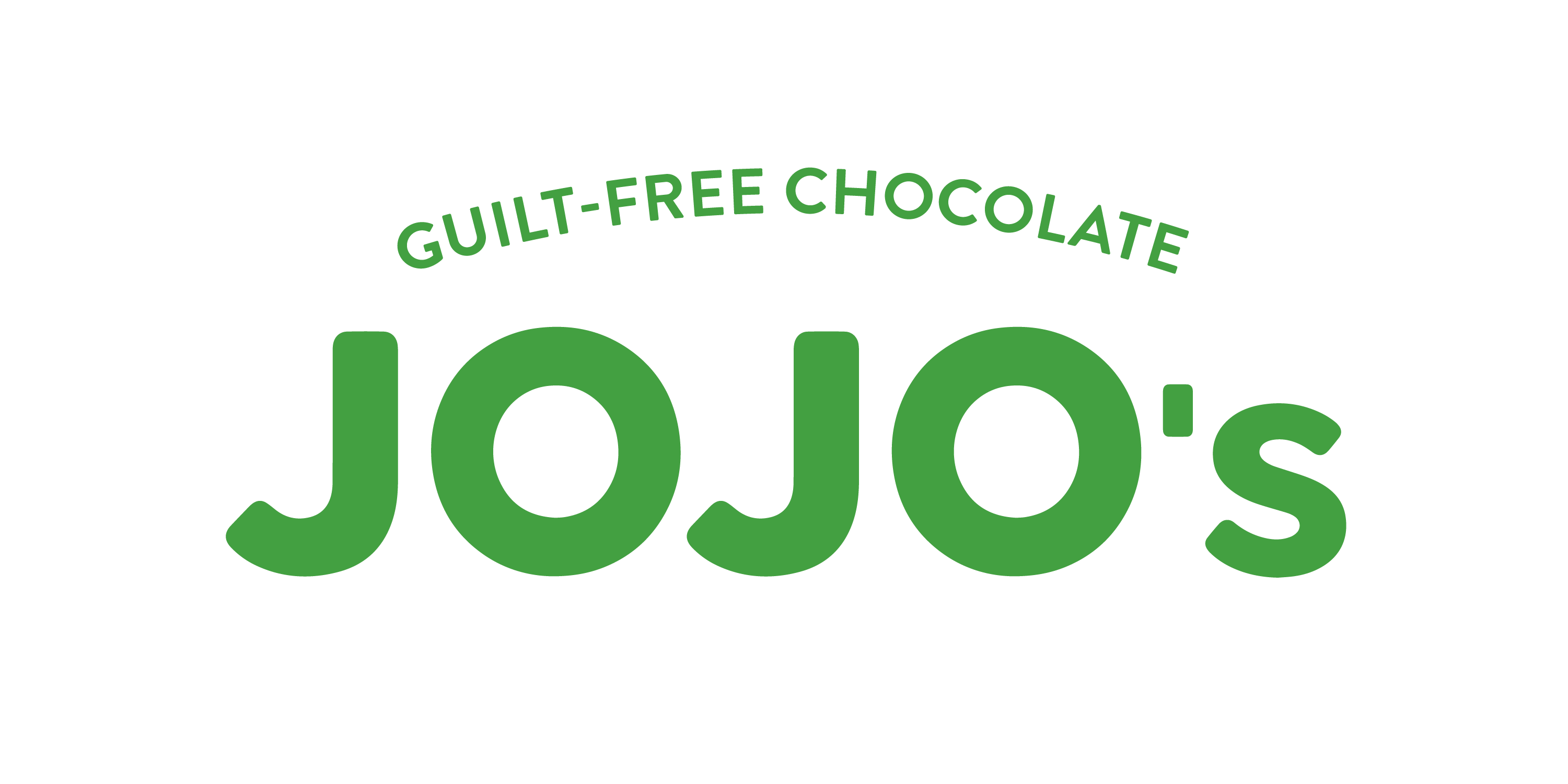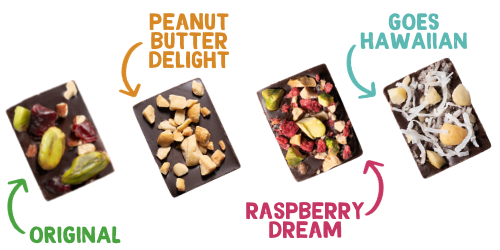The History of Dark Chocolate
The sweet history of dark chocolate
In its early days, chocolate’s form was pretty different from the packaged, sweet bars we see in our grocery stores today. In fact, when people first started consuming chocolate, it was as a beverage and its taste was primarily bitter.
Chocolate has come a long way. Today, dark chocolate is the closest readily available thing we have to the chocolate from the days of yore.
If you’re a chocolate-lover or you just like to keep a running list of fun facts, read on for a brief look at the long history of dark chocolate.

The Beginning
We can trace chocolate back as far as 1500 B.C., when most historians think the Olmec people in modern-day Mexico used the cacao plant to make a beverage for rituals and medicinal purposes. What we know for sure is that traces of theobromine, an alkaloid in the cacao plant, were found on Olmec pots.
We have better records of chocolate use by the Mayans. Both royalty and commoners regularly partook of chocolate. They used it to celebrate, and their written records even show chocolate beverages being shared to finalize major transactions.
The Aztecs also loved chocolate, believing it was a gift from the gods. They even used cocoa beans as currency in the 15th century. At that time, in Aztec culture, these beans were more valuable than gold. The Aztec people also used chocolate — or chikolatl/xocoatl — for medicinal purposes.
In all of these cases, the cocoa beans were ground up and boiled with water. Usually, spices were added, too.
Arrival in Europe
In the early 1500s, the Spanish conquistador Hernan Cortes returned home from visiting the Aztec people, allegedly bringing cocoa seeds with him. (Some other stories say Christopher Columbus brought chocolate back, while other accounts credit friars. In all instances, though, chocolate first landed in Europe in Spain.)
The Spanish mixed cocoa beans with honey and sugar, getting closer to the sweet chocolate we know today.
Chocolate stayed in Spain for a while. But in 1615, the Spanish princess Anne of Austria married King Louis XIII of France. She brought chocolate with her, introducing it to the courts of France. From there, chocolate exploded as a favorite drink of the European elite.
From Liquid to Solid
The 19th century brought rapid advancements for cocoa products.
In 1828, Coenraad Johannes van Houten invented the chocolate press, making it much easier to get cocoa powder and cocoa butter.
Just a couple of decades later, in 1847, Joseph Fry and Sons developed the first chocolate bar.
In 1879, Rudolf Lindt invented the conch machine, giving chocolate the smooth, melty consistency we know today.
A Return to Dark Chocolate
In 1876, Daniel Peter added milk powder to chocolate, creating — you guessed it — milk chocolate. He then partnered with his Henri Nestle, eventually leading to the mass production of milk chocolate — and its skyrocketing popularity over the next century.
Fairly recently, though, dark chocolate has begun to edge milk chocolate back out. You can thank the health benefits of dark chocolate for this trend. As more and more people realize that dark chocolate delivers a whole bunch of health perks that milk chocolate can’t, they’re opting for dark varieties.
And we’re right there with them. That’s why we use dark chocolate for all of our low and no-sugar JOJO’s Chocolate flavors. Grab some and take a bite of history.




